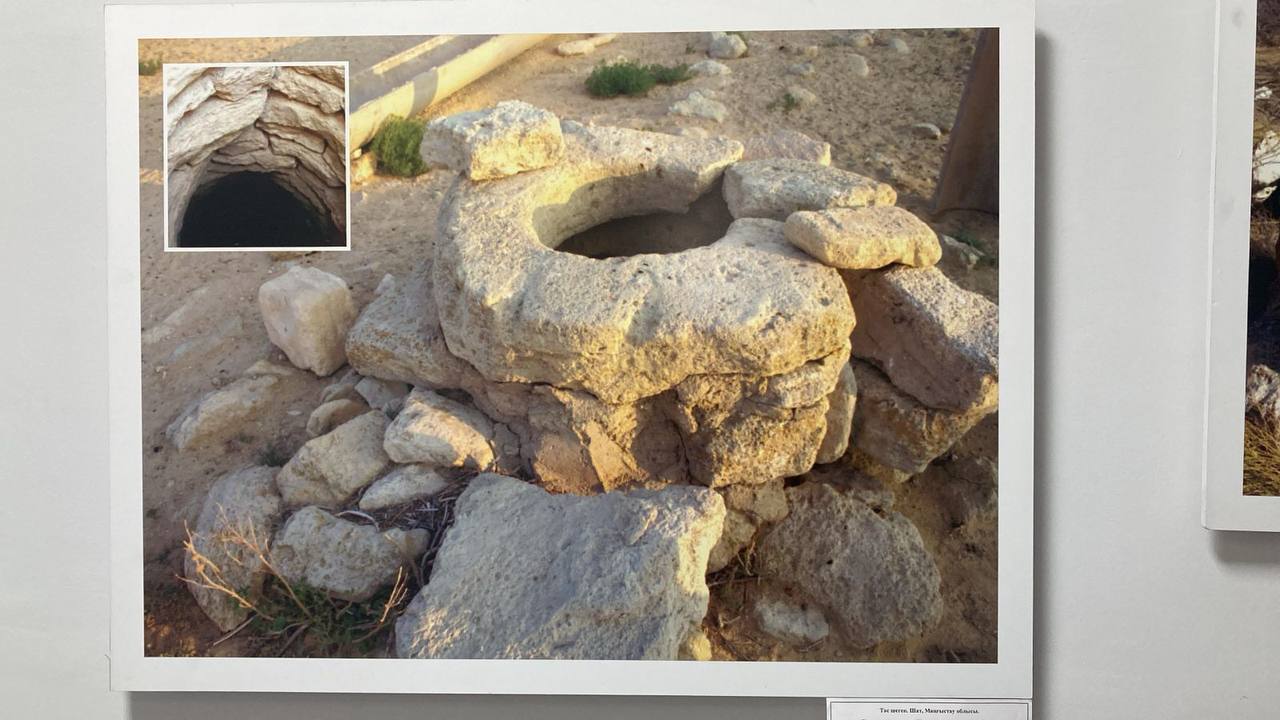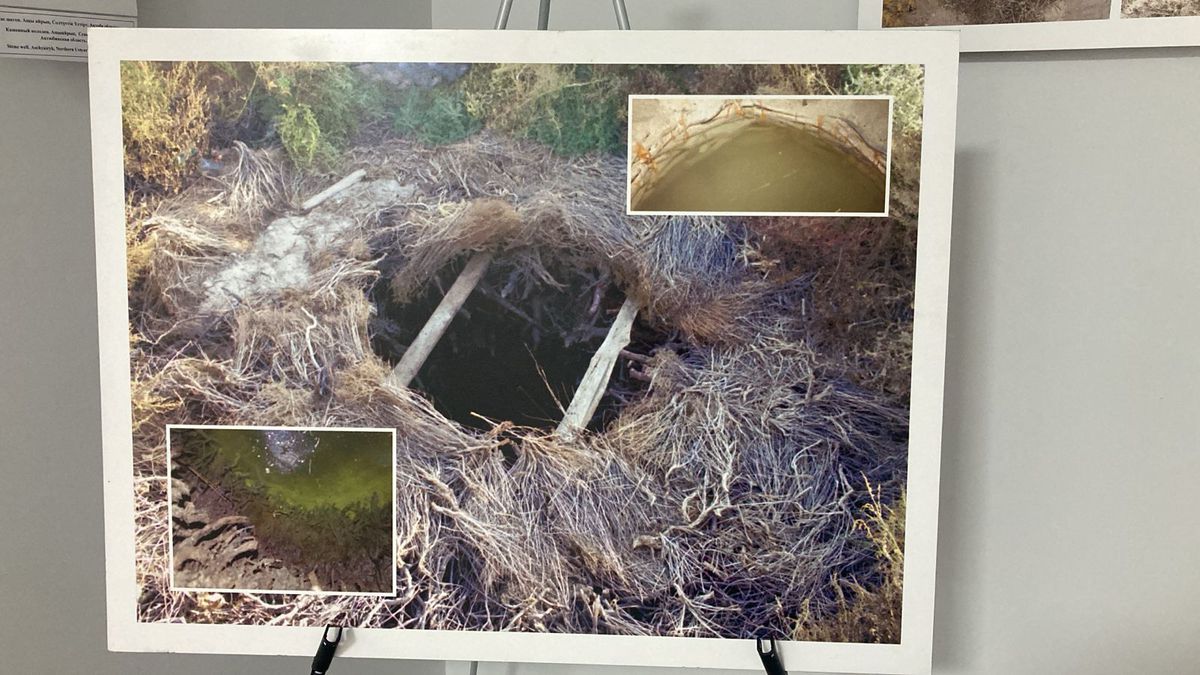ASTANA — Kazakh scientists have recently uncovered techniques used to build ancient nomadic wells. These wells, found in the Kazakh steppe, were sophisticated underground structures constructed for varying water needs and durations of use. A photo exhibition in Almaty, titled ‘Ethno-expedition,’ showcases these methods, reports Jibek Joly.

Stone well. Shat, Mangystau Region. Photo credit: Tattigul Kartayeva.
The intricacies of well construction across the Kazakh steppe have long captivated the curiosity of foreign tourists and scholars. Archaeologists suggest that these wells embody complex underground hydraulic structures. Construction methods vary depending on specific requirements such as depth, water volume, purpose, and duration of use. This indicates that the water sources could serve both permanent and temporary needs.

Saxaul, zhuzgun and heather wells in Aral. Photo credit: Tattigul Kartayeva.
According to Tattigul Kartayeva, director of field ethnographic expeditions, the Narynkum Desert in the Atyrau Region is home to some of the most unique wells. Intertwining shrubs have strengthened their walls. The wells were made using tamarisk wood, which was cut and left to dry for five days; this is because the wood dried out quickly, becoming weak and prone to breaking easily. Occasionally, the walls were built a year later using other types of bushes, such as saxaul, zhuzgun, and heather.

Stone well, trogh and reservoir. Ashy-ayryk, Northern Ustyurt, Aktobe Region. Photo credit: Tattigul Kartayeva.
“Another type is deeper wells found in Narynkum, which were built with trees, specifically willows. The structure’s walls were woven with bars, protecting them from collapsing and elevating them to a certain height. This well construction method is a distinctive feature of the traditional hydraulic engineering technology used by Kazakh people,” Tattigul Kartayeva, scientific director of field ethnographic expeditions and candidate оf historical sciences, told Jibek Joly.

